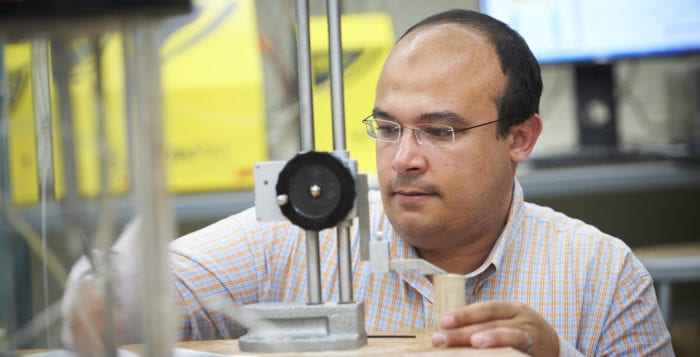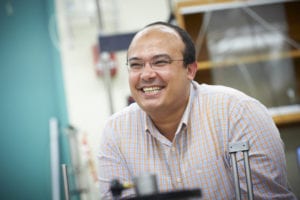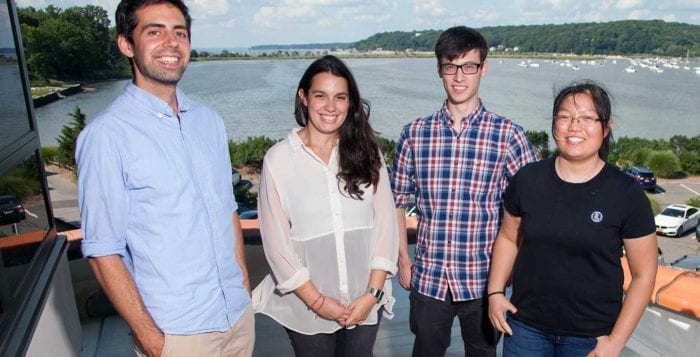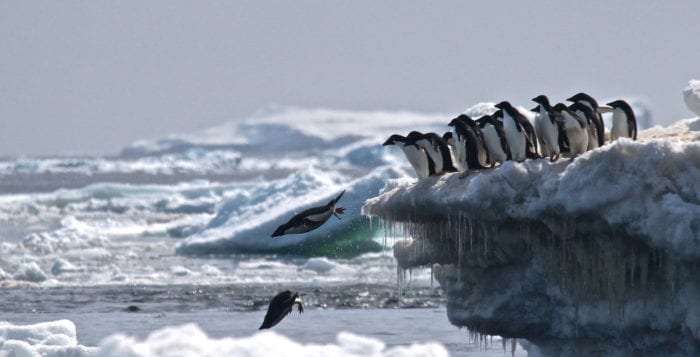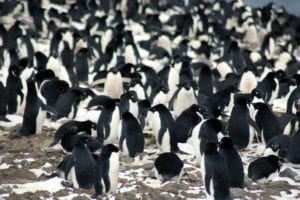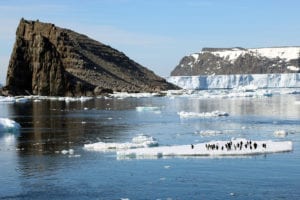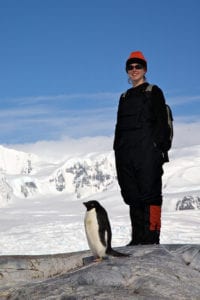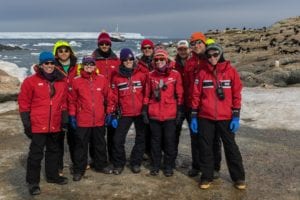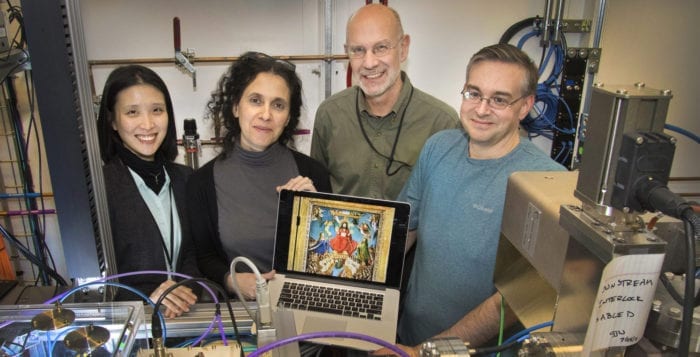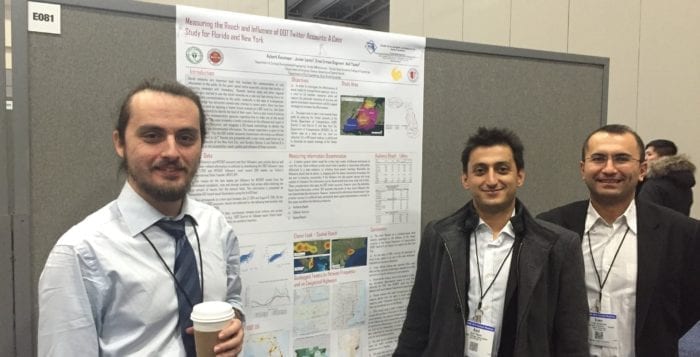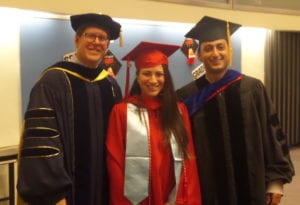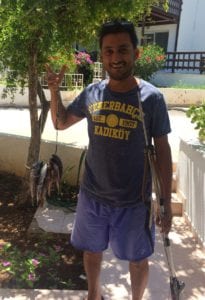I looked around the packed
Pennsylvania Convention Center in Philadelphia this past weekend. Let’s face it, I and — more importantly — my genes, fell short.
It’s not necessarily a character flaw, but it’s not exactly the kind of advantage I’d want to give my children.
There I was, cheering on my vertically challenged daughter in a game where height matters. Despite her stature, she has developed a royal passion for volleyball. The perpetual smile that crosses her face when she steps across the lines makes it all worthwhile, despite the effort, the expense, the endless attempts to get the stink out of her knee pads — and the driving through horrific traffic.
She couldn’t be happier than when she’s throwing her small body around the floor, trying to get to some giant’s smash that seemed only a moment earlier out of her reach.
When you have children, you want them to find their way, to develop outlets that they find rewarding and to contribute to something bigger than they are.
Sports, I know, don’t cure disease. And yet, somehow, it’s become part of the American way, with people flying, driving and caravanning from all over the country to play in competitive tournaments where, if they succeed, they can get enough points to make it to nationals.
So, there we were, listening to whistle after whistle at this volleyball attention-deficit-disorder factory when it occurred to me how my genes did my daughter no great favors. Many of the fathers towered over me. If I lived in a land where food were placed near the ceiling, I and my offspring would starve.
My mother played volleyball when she was younger. She was tallish for her generation. I played volleyball as well, although not nearly at the competitive level that has taken my daughter to places around the area, including Penn State.
While my daughter is involved in numerous activities inside and outside school, it is volleyball that tops the list. When we go on vacation anywhere, the first thing she looks for is a place to play volleyball.
As I watched her warm up for the third match of the day, I chatted with some of the parents from Virginia, Texas and Arizona that we met this past weekend. After some pleasantries about the event, the conversation inevitably turned toward the identity of our daughters.
I could see the satisfaction they felt at pointing out their children from across the convention center floor. “My daughter is the one ducking her head down to walk under the exit sign over there.” “My daughter? She’s just a hair over 6 feet tall, but she’s still growing. How about you?”
I’d smile sheepishly. “My daughter is in the middle of her teammates over there.”
“Where?” they’d ask politely.
“She’s No. 9.”
They’d squint into the group. Just then, my daughter would laugh her way to the outside of a circle of girls that looked like a group of gnats, diving in and out of the center of a circle of joy.
Then again, as I watched her throw herself across the floor, I thought about the match between her personality and the role she plays in this sport. Sure, it’d be easier for her to stand out if she were taller. But, given her need to defy expectations, she’d probably want to be a jockey if she were 6 feet tall.
As the weekend came to a close, I asked her if she wished she could play volleyball every day. “Of course,” she said.
“Can you imagine having a job one day that made you feel that way?” I asked.
“Yeah,” she smiled, trying to imagine a job that fits her interests as well as volleyball.

